The discovery of King Harold’s lost residence, depicted in the iconic Bayeux Tapestry, marks a groundbreaking moment in archaeological research. Hidden for centuries beneath the surface of Bosham, a coastal village in England, this royal home offers a rare glimpse into the life of the last Anglo-Saxon king. As modern excavation techniques unravel the secrets of this ancient site, new insights are emerging about Harold’s reign and the powerful elite that shaped pre-Norman England.
The Bayeux Tapestry and the Legend of King Harold


The Bayeux Tapestry is perhaps the most significant artifact that has preserved the story of the Norman Conquest and the events leading up to the Battle of Hastings in 1066. The tapestry is more than just a depiction of the bloody battle; it also highlights key moments in Harold’s life, including his time in Bosham.
In one part of the tapestry, Harold is shown dining in a grand hall at Bosham before he embarks on his journey to Normandy, where his fate will be sealed. In another section, Harold returns to Bosham after his ill-fated trip.
Despite the prominence of Bosham in the tapestry, the exact location of Harold’s residence remained uncertain for years. Scholars and historians had long speculated that Bosham Manor House, a historic property in the village, could be built upon the site of the king’s residence. However, concrete archaeological evidence had yet to emerge, leaving room for doubt and intrigue.

Video
Watch the video to discover the house of the last king of Anglo-Saxon England, uncovered through the Bayeux Tapestry. This historic find sheds new light on England’s past!
The Search for Harold’s Residence in Bosham
Over the years, various theories about the location of Harold’s residence in Bosham have been proposed, but none could definitively place the site. Archaeologists conducted surveys and explored local records, hoping to confirm where the royal residence had stood. At the heart of the mystery was the question of how much of the Bayeux Tapestry’s depiction of Bosham could be linked to the actual site. The breakthrough came when a team of archaeologists, including experts from Newcastle University and the University of Exeter, combined traditional excavation methods with cutting-edge technology to investigate Bosham Manor House and its surroundings.
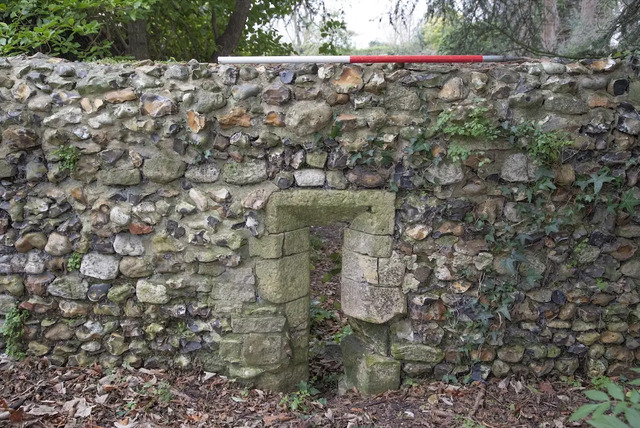
Using ground-penetrating radar, geophysical surveys, and re-examining past excavations, archaeologists made significant progress in confirming the location of King Harold’s residence. The site that had been long suspected to be the focal point of the Bayeux Tapestry scenes was finally substantiated through evidence from these advanced investigative techniques.
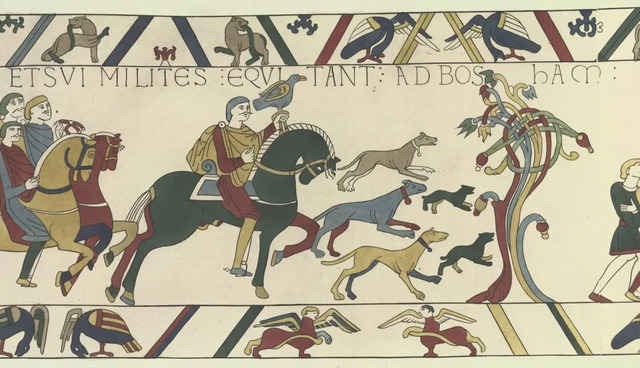
Uncovering the Evidence: Excavations at Bosham Manor House
The key archaeological discoveries at Bosham Manor House were both fascinating and revealing. The first notable find was the discovery of a medieval latrine, an essential feature that indicated the site’s elite status. This was crucial, as high-status buildings from the 10th century often incorporated toilets, which were seen as a luxury reserved for the upper echelons of society. The presence of this latrine, coupled with other findings such as large timber buildings and a 250-meter-long moat surrounding the area, strongly suggested that this was indeed the royal residence of King Harold.
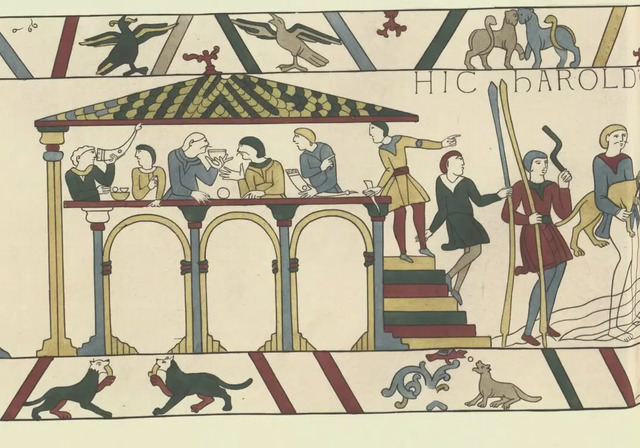
Moreover, the team uncovered the remains of two previously unidentified medieval buildings on the site, one of which was incorporated into the current structure of the manor. These new findings, when cross-referenced with historical texts and previous excavations, led archaeologists to conclude that they had identified the remnants of Harold’s palace complex, which had remained hidden for centuries.
King Harold’s Status and Power Center
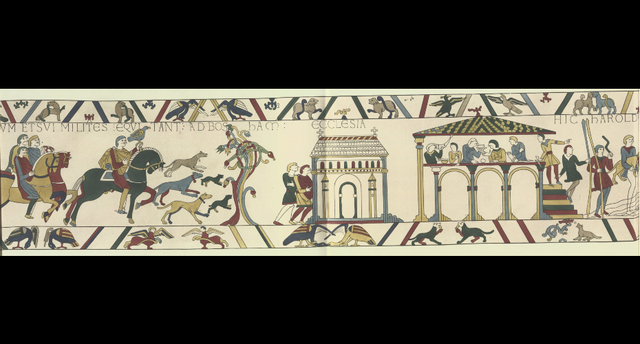
The discovery of Harold’s residence at Bosham provides valuable insights into the king’s role and power in pre-Norman England. As the last Anglo-Saxon king, Harold faced immense political and military challenges, including the threat of invasions from both William of Normandy and Harald Hardrada of Norway.
Harold’s residence at Bosham, which featured an elaborate timber hall and a well-developed infrastructure, signified his status as a powerful ruler. The palace complex, with its strategic location near a harbor and its proximity to a church, reflected the key role Bosham played as a center of political, military, and social activity.
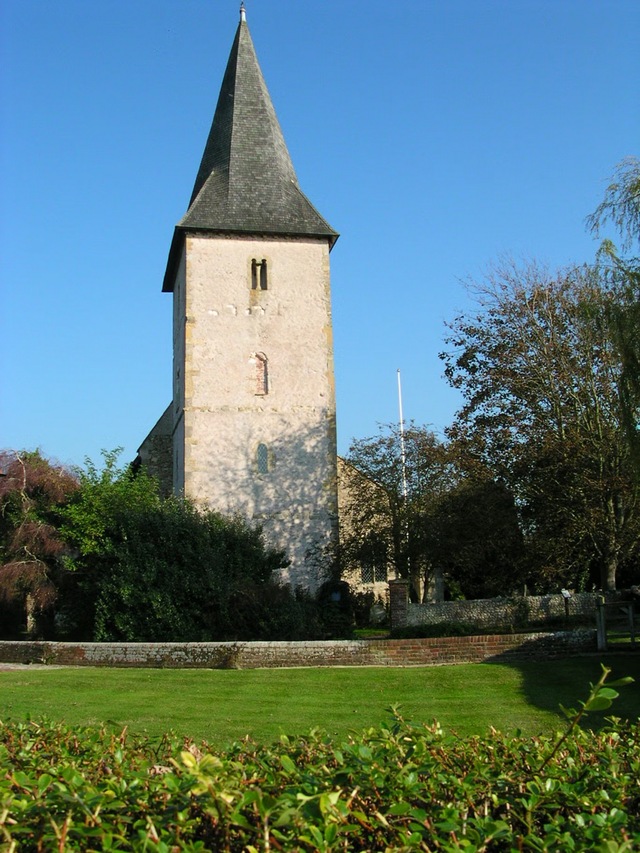
The presence of an enclosed moat and the inclusion of the elite latrine reinforce the idea that Bosham was not just a royal residence, but a seat of governance and power. The fact that such an important site was located in the coastal village of Bosham, rather than in the traditional Anglo-Saxon capital cities, offers a fresh perspective on the nature of political centers in pre-Norman England.
The Role of Archaeology in Understanding Harold’s Reign
Archaeology plays a critical role in illuminating the lives of historical figures like King Harold. Traditional historical records provide limited information, often leaving key aspects of a ruler’s reign and personal life shrouded in mystery. In this case, the archaeological excavation at Bosham offers a rare and valuable glimpse into Harold’s personal residence, allowing us to better understand the king’s influence and the way he governed his realm.
The combination of historical texts, including the Anglo-Saxon Chronicle and the Bayeux Tapestry, with modern archaeological techniques has enabled a more comprehensive understanding of Harold’s reign. Through detailed excavations and analysis, archaeologists have pieced together a clearer picture of the socio-political structure of England in the lead-up to the Norman Conquest.
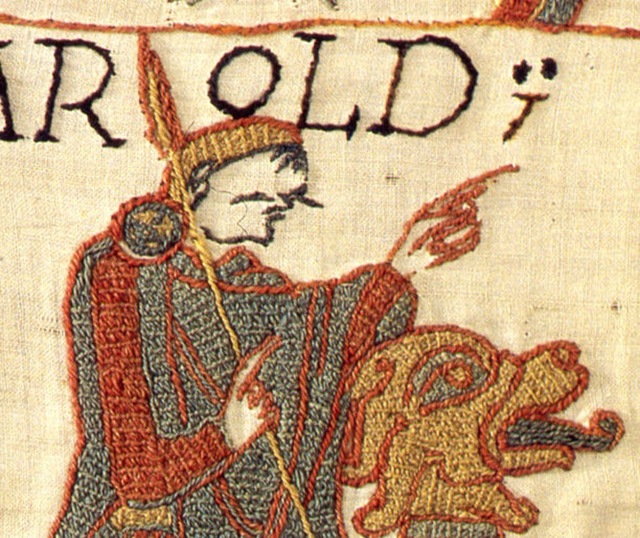
The Significance of the Bosham Discovery
The discovery of King Harold’s residence in Bosham is of great historical significance. Not only does it shed new light on the life of the last Anglo-Saxon king, but it also provides insight into the political landscape of 11th-century England. As one of the most important archaeological findings of the last century, it underscores the crucial role of archaeology in uncovering the physical remnants of history. The confirmation of Harold’s residence allows scholars to reimagine the events of 1066 with a more tangible understanding of the context in which they occurred.
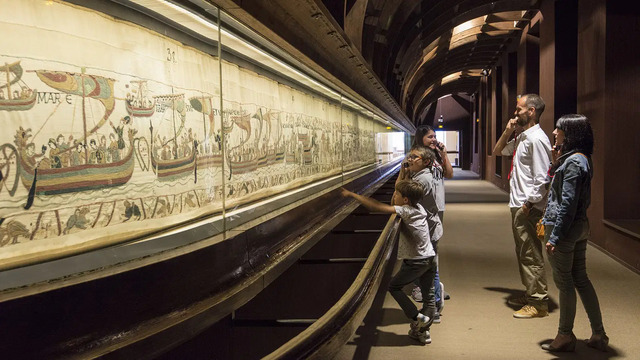
This discovery also highlights the ongoing importance of Bosham in understanding the Anglo-Saxon period. The location, once just another sleepy village on the southern coast of England, has now become an essential site for understanding the final years of Anglo-Saxon rule. For future historians and archaeologists, Bosham will continue to serve as a key focal point in unraveling the mysteries of England’s medieval past.
Video
Check out the video to find out why everything you know about the Bayeux Tapestry might be wrong. This eye-opening exploration challenges common beliefs!
Conclusion
The excavation of King Harold’s residence at Bosham provides a thrilling new chapter in the story of the Norman Conquest. With the use of advanced archaeological techniques and careful analysis of historical records, archaeologists have brought us closer to understanding the life and reign of England’s last Anglo-Saxon king.
This discovery not only enhances our knowledge of Harold’s personal life but also enriches our understanding of the socio-political landscape of 11th-century England. As new insights continue to emerge from the site, Bosham will remain a key location for anyone seeking to uncover the true story behind the Bayeux Tapestry and the dramatic events that changed the course of English history.



